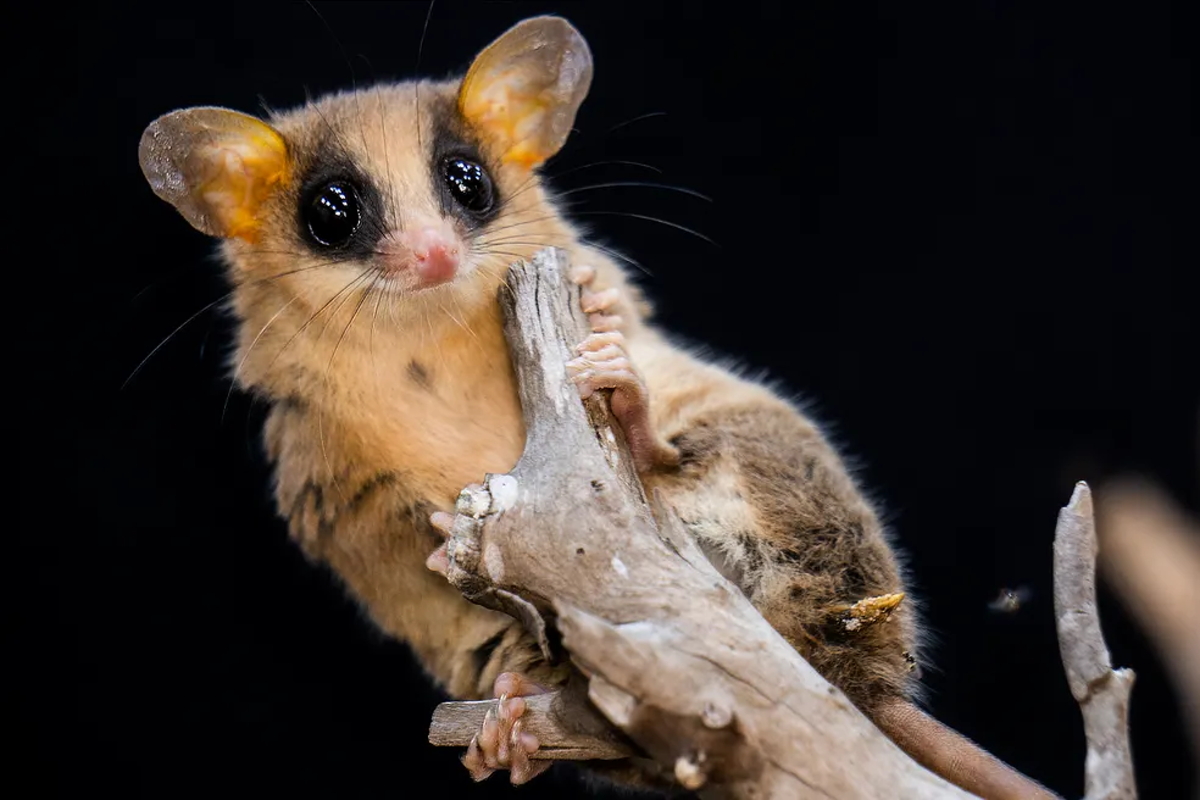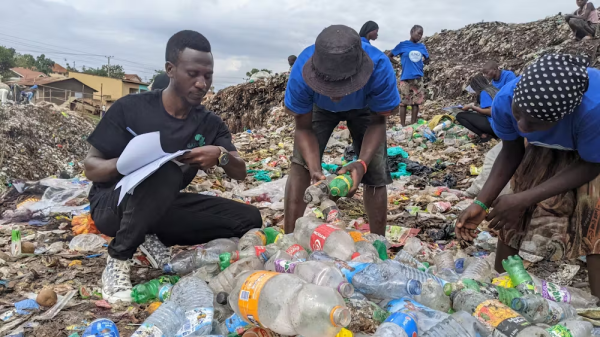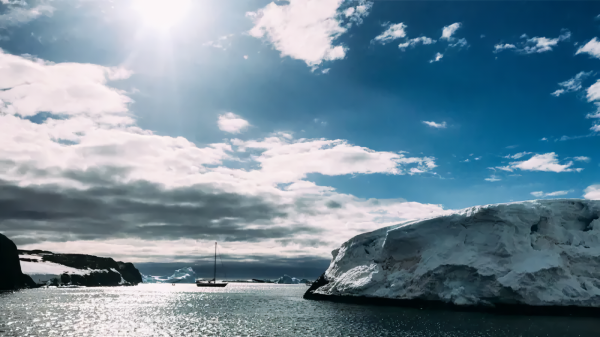THE AGE OF EXTINCTION
- According to a new study, 91.6% of terrestrial mammal communities in the Caatinga will lose species by 2060, with 87% of them being deprived of their habitats if the temperature in the region increases by at least 2°C.
- Small mammals will suffer the strongest impact, and some species may disappear from the biome, such as the giant anteater and the giant armadillo.
- In addition to more drought and rising temperatures, deforestation caused by wind farms also threatens some species, such as the jaguar.
- In a previous study, the same researchers had warned that 99% of plant communities in the Caatinga will lose species by 2060.
Even if everything goes well and the targets set by the Paris Agreement are met, average temperatures are expected to rise by 2.7° Celsius (4.86° Fahrenheit) this century, according to the United Nations, with the dry season extending for 21 more consecutive rainless days. As expected, this will have drastic consequences for the climate and living beings in all biomes on the planet. It could be catastrophic for the Caatinga, for example, which covers 850,000 square kilometers (328,000 square miles) in Brazil’s Northeast region.

According to a study conducted by researchers from Campinas State University (Unicamp) and the federal universities of Minas Gerais and Paraíba and recently published in the scientific journal Global Change Biology, 91.6% of terrestrial mammal communities in the Caatinga will lose species, with 87% of them being deprived of their habitats by 2060. Small mammals — such as the agile gracile opossum (Gracilinanus agilis) and the white-eared opossum (Didelphis albiventris) — which account for 54% of the species of Caatinga mammals, will suffer the strongest impacts.
To conduct the study, the researchers relied on forecasts from the Intergovernmental Panel on Climate Change (IPCC). According to biologist Mário Ribeiro de Moura from Unicamp’s Biology Institute, who coordinated the work, human-induced climate change has intensified adverse socioeconomic, environmental and biodiversity impacts, changing rainfall patterns and increasing average global temperatures.

“Arid zones are particularly at risk, with projections suggesting that they will become hotter, drier and less suitable for a significant number of their species, potentially leading to mammal defaunation,” Moura explains.
Mathias Mistretta Pires, a biologist and Moura’s colleague at Unicamp, says the main finding of the study was that the driest areas of the country, especially the semiarid region in Brazil’s northeast, are likely to lose more and more species of mammals — especially small ones. “Species with more restricted occurrence, such as some rodents, should become increasingly rare, and only a few ones that are more resistant to dry climates, like some armadillos, should be able to maintain their distribution,” he says. “In general, the region studied will have poorer wildlife in terms of species and functions.”

Moura says the study reviewed 40,000 occurrences of 93 species of non-flying mammals. “After curating the data, around 12,000 verified records remained,” he says. “We use occurrence records to build ecological niche models and understand how Caatinga mammals may respond to climate change.”
According to him, integrating climate and biodiversity information with data science methods enables modeling of how species respond to environmental variations. After the models are established, it is possible to feed them with future climate projections and map the species’ expected geographic distribution. By comparing the results obtained from now to the future, the changes expected for each species can be anticipated.
In addition to climate change, wind farms are also a threat
According to the study, 70% of mammal communities will undergo homogenization, and a few generalist species with diverse diets and habitats will survive and replace rarer and specialist ones that live only in certain habitats and have stricter diets.
This replacement will result in loss of ecological functions such as seed dispersal. The entire ecosystem will become less resilient. “Small species will be harmed the most and will lose most of their habitats, especially in highlands,” says Moura. “The scenario is even worse in the eastern half of the Caatinga, where habitat destruction already prevails, worsening the threats faced by animals in that area.”
Based on data from the IPCC, which establishes future trajectories for the planet’s climate, the researchers outlined two scenarios for the Caatinga by 2060. “The optimistic scenario is usually in accordance with the Paris Agreement, in which the planet is 1.6°C (2.88°F) warmer,” he explains. “But our study predicts that the Earth will warm by up to 2°C (3.6°F) of [above preindustrial levels]. “Our pessimistic scenario sees a 5°C (9°F) rise.”

Moura says that, in their optimistic scenario, 87% of mammal species will lose areas that are climatically suitable for their occurrence by 2060. Twelve species could become extinct in the Caatinga, including some iconic ones such as the giant anteater (Myrmecophaga tridactyla), the giant armadillo (Priodontes maximus), the black howler (Alouatta caraya) and the blond capuchin (Sapajus flavius). “In other words, they will lose 100% of climatically suitable areas by 2060,” he says. “In our pessimistic scenario, this number rises to 28 species.”
There are also those species that, in addition to climate change, face other threats. This is the case of the cougar (Puma concolor) and the jaguar (Panthera onca). These species, like all others, suffer through lack of public policies aimed at preserving the Caatinga — less than 10% of the biome is protected by conservation units. Another threat is the increasing number of wind farms, as 90% of the country’s wind-based power plants are located in that biome, according to the Brazilian Wind Energy Association.
It is estimated that only 250 cougars and 2,500 jaguars live in the entire Caatinga, with greater concentration between northern Bahia and southern Piauí, in the Serra da Capivara region. Of those, 30 cougars are in the Boqueirão da Onça area in northern Bahia, where, unfortunately for them, four wind farms are installed, one of which has 500 towers.
The construction of these wind farms involves cutting down native vegetation, which can dry out nearby springs and alter the natural flow of rainwater. As a result, jaguars need to travel greater distances in search of water and food, which draws them closer to rural properties where they usually kill goats, and farmers end up killing them to protect their livestock.

Caatinga plants will also disappear
Before this study on mammals, the same group of researchers had conducted unprecedented research on threats to Caatinga plants. They analyzed 420,000 occurrence records of 3,060 species in the biome and concluded that 99% of plant communities are expected to lose species by 2060.
Even though, in theory, Caatinga plants are adapted to extreme climates, researchers found that the biome is much more vulnerable to changes than previously thought. “In general, with climate change, arboreal and rare plant species will be replaced by nonarboreal and generalist ones; that is, those capable of occurring in several areas of the biome,” Moura explains. “This type of change in vegetation structure can reduce ecosystem services such as plant biomass production and carbon storage.”
According to him, environmental modeling aided by statistical and artificial intelligence methods offers “intelligent solutions” to anticipate the future of Caatinga biodiversity. “This is a unique opportunity to reverse decades of environmental degradation and promote resilience in the hinterland known as sertão,” he says. “Mitigating the impacts of climate change requires reassessing our relations with the environment.”
In this context, he adds, it is imperative that governments, civil society, private companies and multilateral organizations collaborate to develop and prioritize environmental restoration initiatives. “The advantages of climate regulation go far beyond mere ecosystem health and also include job creation and improvements in food security and the social well-being of human populations,” he argues.
Banner image: Cuíca (Gracilinanus agilis), a species from the Caatinga that could see its population decline in the coming years. Image by Gionorossi via Wikimedia Commons (CC BY-SA 4.0).
Citation:
Moura, Mario R., et al. “Climate change should drive mammal defaunation in tropical dry forests.” 2023.




You must be logged in to post a comment.